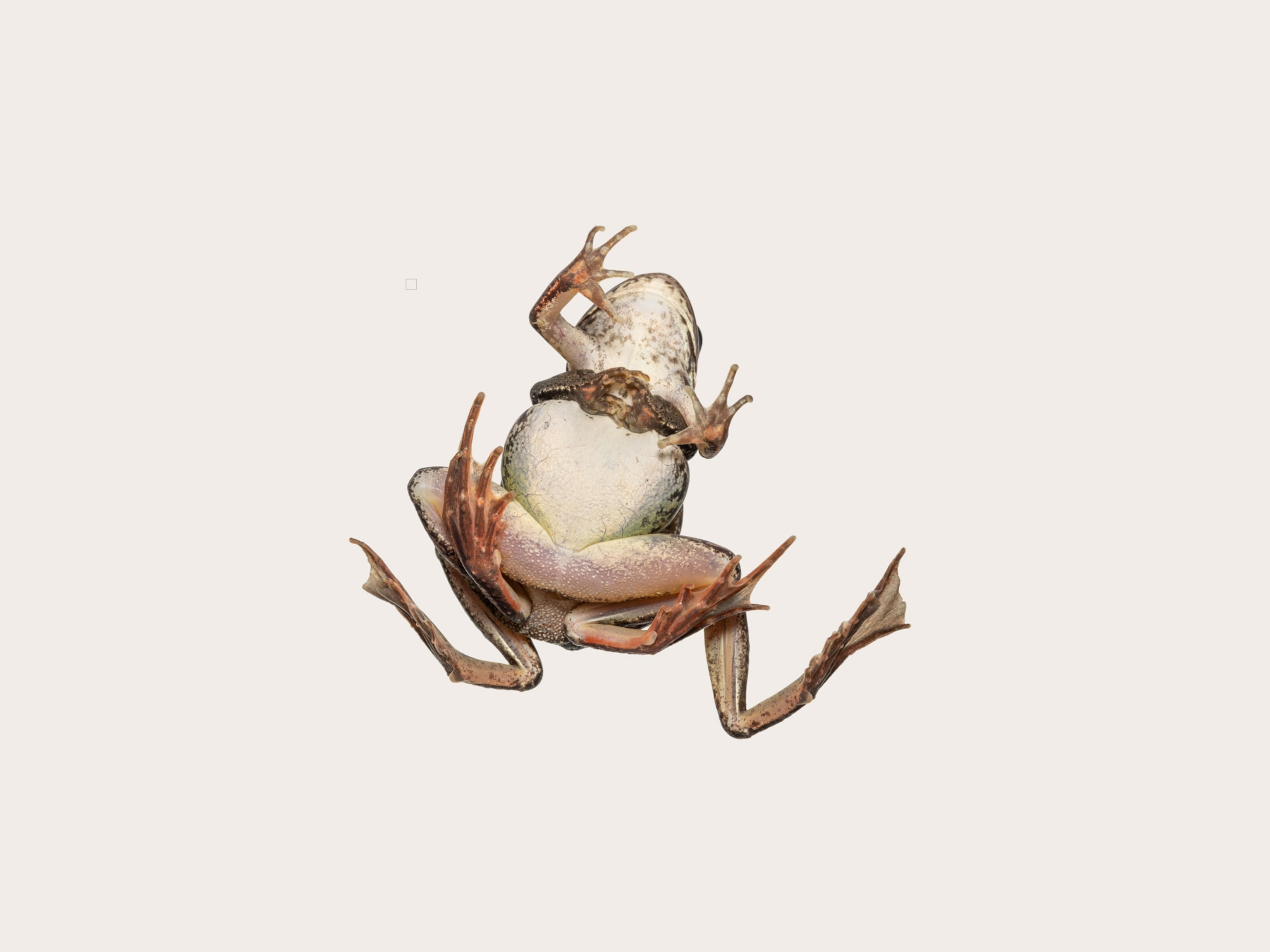
He spent 50 days on a deserted island. Then he found a message in a bottle.
Jasper Doest spent nearly two months photographing the Netherlands’ Rottumeroog, where visitors are usually prohibited and he found a new sense of freedom.
The island of Rottumeroog in the Netherlands is an uninhabited wilderness heavily protected by European nature laws. In 2012 and 2013, I traveled there back and forth multiple times for an assignment, spending a total of 50 days and nights—an amazing opportunity, as visitors were usually prohibited. For much of my time there, I was alone. My job was to take pictures to help others learn about this place. But about two-thirds of the way through, a lesson emerged. It came by way of a message in a bottle, tossed from the sea.
(Learn how to take wildlife photos from Doest.)


I grew up near the Dutch coast, and Rottumeroog’s flat, open setting was familiar to me. I tried to avoid imposing my own narrative on the island, which has a sand foundation and is gradually drifting to the southeast, guided by the current. So I walked its perimeter daily, training myself to listen and watch for small changes in this landscape that was so simple, you could draw it with just a few lines.
One of my favorite spots to explore was along the shore where an old building once stood. All that remained were some half-buried bricks, among which shells and ocean debris collected. One day I noticed a bottle in the rubble unlike others I’d previously found—this one’s cap was screwed on. I opened it and discovered a handwritten note inside. In English, it said: “My name is Meike and I’m 11 years old. I have good friends and you?”


As I began writing back—Meike had given her school in the Netherlands as a return address—I tried to describe how humbling it was to be isolated in a densely populated part of northern Europe: On Rottumeroog you see only earth, water, and sand, and the wind whistles in your ears. Meike eventually received my letter, and now, years later, I am still in touch with her family. People tend to think that being alone is a bad thing. But to me it felt like freedom in every vein.






